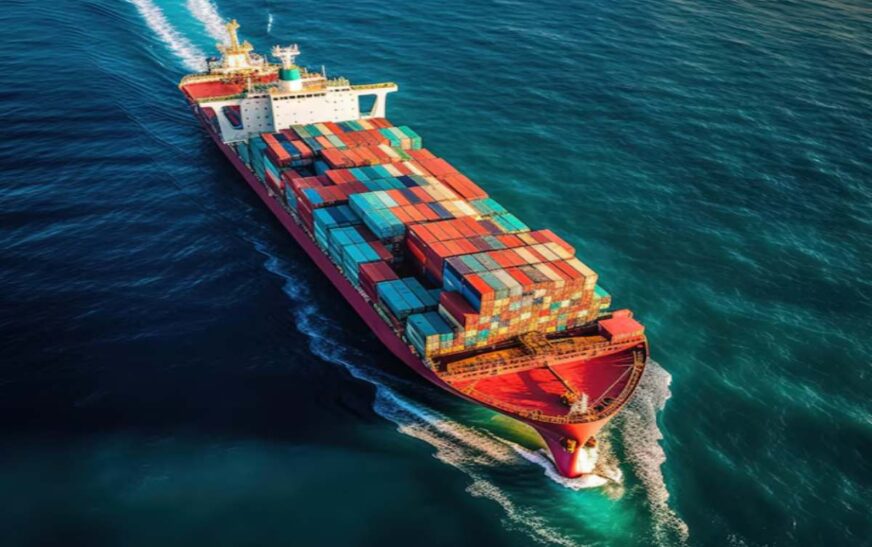Moving oversized goods entails special difficulties and calls for careful preparation and compliance with many rules. Special permits and logistical arrangements are needed since overloaded or heavyhaul cargo typically exceed the normal weight and size of legal highway transportation. Expert advice is given in this post on how to legally and effectively move large cargo, thus guaranteeing safety and compliance with all applicable laws.
Knowledge of Large Cargo
Large pieces that may not be reduced into smaller units include large machines, industrial equipment, building materials, and any other significant items. Legal dimensions and weight restrictions for cargo differ by nation and area, but generally anything above these limits is deemed oversize and calls for unique handling.
-
Research restrictions and abide with them
Understanding the legal requirements in the areas where the cargo will be carried is the first stage of moving oversized freight. These can vary much but also encompass local, state, and national laws.
Transporting: Obtain the needed permits for moving over size items. Permits might be unique to every state and area and also call for particular times or days of transit.
Route Surpreys: Perform thorough route surveys to ensure the selected path can handle the cargo’s weight and size. Look out for impediments like tunnels, bridges, and small roads that might restrict safe travel.
Legal dimensions and weight: Learn the legal restrictions on size and weight. Going beyond these without good permission will result in legal problems and penalties.
Partnering with a Large Item Courier ensures that every aspect of your oversized cargo transportation is handled expertly.
-
Select the Best Gear
For the secure and legal transfer of oversize loads, to choose the right transport equipment is absolutely essential.
Specialized Trailers: Use extendable flatbeds, lowboys, or multiaxle trailers meant to support hefty loads and spread weight uniformly.
Safety Equipment: Guarantee that all essential safety equipment, including lights, banners, flags, and signs showing an oversized load, is in place.
-
Lock the Cargo Suitably
Properly securing the cargo is crucial to avoid any transport movement that could cause accidents or destruction.
Securement methods: Use chains, straps, and other securement devices to keep the cargo in place. Adhere to industry guidelines for fastening as well as manufacturer instructions.
Keep regular checks to make sure the cargo stays securely fastened over the trip.
-
Arrange for Pilot Vehicles as well as Escorts
Especially heavy or sophisticated loads can need pilot cars or escort vehicles.
With pilot cars, drivers may help steer the transport vehicle around traffic and notify others on the road of a large load.
Sometimes, police escorts could be needed to help securely move the cargo through busy or possibly dangerous surroundings.
-
Help Your Team Improve
Make certain all people participating in the movement of outsized freight have been well taught and are conscious of their obligations.
Drivers Training: Handling large cargo should be specifically instructed, including negotiating close corners and stakes needed for longer stopping distances.
Communicate: Keep communication between the driver, escort cars, and any other people participating in the transport clear and consistent.
-
Get yourself Insured
Moving oversized cargo can be dangerous, and it is wise to have full insurance coverage to guard against possible claims and losses.
Liability insurance covers thirdparty losses resulting from a crash.
Cargo Insurance: Covers the cost of the cargo itself should it be damaged during transit.
-
Get ready for Unplanned Delays
Overhaul cargo shipping regularly takes longer than typical deliveries. Plan ahead for delays and have alternate plans.
Monitor weather forecasts and plan appropriately as adverse conditions can slow down travel.
Be ready for likely weigh station or highway authority inspection delay and extra time.
Finally,
Legally moving oversized goods calls for careful preparation and exact compliance with rules. Shippers can reduce their chances and guarantee that their cargo reaches its location securely and on schedule by acquiring the required permits, selecting the appropriate equipment, tying the cargo securely, and verifying that all staff are well trained. To keep compliance and productivity in your large cargo shipping activities, always stay current on the most recent rules and industry standards.




